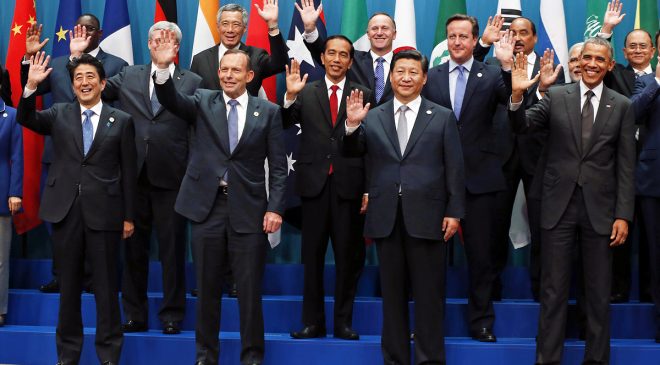A bill introduced in the U.S. House last month would ban the flavoring of any “tobacco product” except, strangely, cigarettes.” The targets are vaping devices (vapes, e-cigarettes), but also cigars and pipe tobacco. The Food and Drug Administration deems vaping devices “tobacco products” even though they contain no tobacco. Introduced without sponsors by Rep. Rosa DeLauro (D-CT), the bill would allow an exception for some vaping products, but it is one that would be all but impossible to qualify for.
The rationalization for the prohibition is that flavoring attracts underage consumers to the products. Yet this seems implausible because it suggests that without flavoring teenagers would be uninterested in e-cigarettes (not to mention conventional cigarettes). Yet kids have long been attracted to conventional unflavored cigarettes. (And unflavored marijuana has no troubling winning favor among the young.) After all, fruit, mint, and other flavors are readily available in unrestricted products like hard candy, chewing gum, and soft drinks. So if underage consumers want those flavors, why don’t they stick with products they can legally buy? Clearly, the attraction to e-cigarettes (and conventional cigarettes) is something other than flavors — the “coolness,” or maturity, factor perhaps.
DeLauro’s bill betrays a fundamental puritanism, which underlies all prohibitionism: since nicotine is a substance that provides pleasure and some people therefore use it habitually, it must be stamped out and its consumers, producers, and merchants demonized. (Human beings have long affirmed themselves by demonizing others and their preferences.) As H. L. Mencken told us: puritanism is the “haunting fear that someone, somewhere, may be happy.”
At any rate, DeLauro’s bill is redundant because the FDA under Trump appointee and putative deregulator Scott Gottlieb is already moving in that direction. (Her bill likely excludes conventional cigarettes because the FDA is already stepping up the restrictions on them.) Indeed, Gottlieb now threatens to yank vapes from the market and subject them to a lengthy and expensive regulatory review if “the youth use continues to rise.” (The anti-vaping hysteria is just getting started.) According to NBC News, Gottlieb told a meeting: “If … we see significant increases in [youth] use in 2019, on top of the dramatic rise in 2018, the entire category will face an existential threat. It will be game over for these products until they can successfully traverse the regulatory process.” (Emphasis added.) He reportedly accused the e-cigarette makers of marketing to young people. Yet when those makers label their products as for adults only, they are accused of enticing children. Damned if you do; damned if you don’t.
Welcome to America, the land (as Mencken put it) of the “theoretically free.”
In 2009 Congress and Barack Obama gave a virtual blank check to the secretary of health and human services to regulate “tobacco products” through the FDA and a soon-to-be-created Center for Tobacco Products. The result over the last few years has been a dizzying cascade of oppressive rules governing manufacturing, retailing, labeling, and other aspects of the business of producing and selling combustible and smokeless tobacco and nicotine-delivery products that don’t contain or are not made out of tobacco, such as e-cigarettes and pipes.
Among other things, the FDA has begun to move toward mandating that the nicotine in cigarettes be reduced to so-called “non-addictive” levels, the consequences of which would surely spill onto pipe and cigar smokers. (Nicotine users have always found ways to get the amount they want regardless of government restrictions.) The FDA’s most recent decree bans most flavored vape “e-juices” from general retail stores (as opposed to age-restricted vape shops), and prohibition of menthol cigarettes and flavored cigars are also in the works. Meanwhile, other tobacco products, such as pipe tobacco, that entered the market on or after an arbitrary date in the past (in 2016 or 2018, depending on the product) are being deemed “new” and made subject to costly and time-consuming FDA testing. Even a retailer’s blending of two long-available pipe tobaccos is deemed to be “new” and subject to testing. (Deadlines for submission for testing are in 2021 and 2022, depending on the product. The FDA’s procedures have yet to be worked out.)
The upshot is that adults are being harassed as they go about their peaceful consumption of combustible and smokeless tobacco and nontobacco nicotine products, which human beings have done in one way or another from time immemorial. (While some people find it easy to habituate themselves to nicotine, unlike inhaled tobacco smoke, it is not hazardous to health.) As noted, many of these bureaucratic violations of liberty are defended in the name of protecting children; however, we can address that issue without the blunt instrument of the state, and as mentioned, many intrusions have nothing to do with children. How many kids are shelling out for premium cigars, pipe tobacco, and briar pipes?
Moreover, regulations that appear aimed at children, especially those regarding vaping, may discourage cigarette smokers from switching to that safer form of nicotine consumption. The warning that vaping is “not a safe alternative to cigarettes” almost sounds like an argument for sticking with cigarettes, although vaping is safer than inhaling cigarette smoke. (The reported rise in teen vaping has coincided with a drop in teen cigarette smoking.)
The intrusions simply hassle adults and make what they want to consume less abundant and more expensive. And they do something else: they entice teens, who will always be drawn to forbidden fruit. (What would Huck Finn be saying?)
Congress should repeal the Family Smoking Prevention and Tobacco Control Act (TCA) of 2009, which empowers the FDA to regulate “tobacco products” and to define what a tobacco product is. How can anyone continue to believe that the U.S. government is constitutionally limited when Congress and the president can authorize an executive department and a regulatory agency to define their own powers over peaceful, consensual conduct?
Make no mistake about it: the assault on manufacturers and retailers is ultimately an attack on consumers who indulge in what other people believe are vices. (See Lysander Spooner’s Vices Are Not Crimes: A Vindication of Moral Liberty.) This is shameful in a society that fancies itself free.
To be continued…




